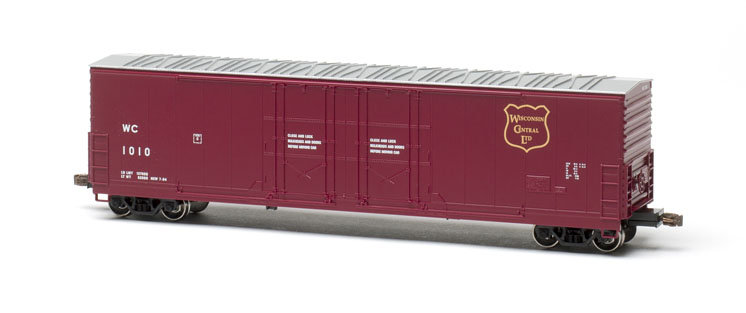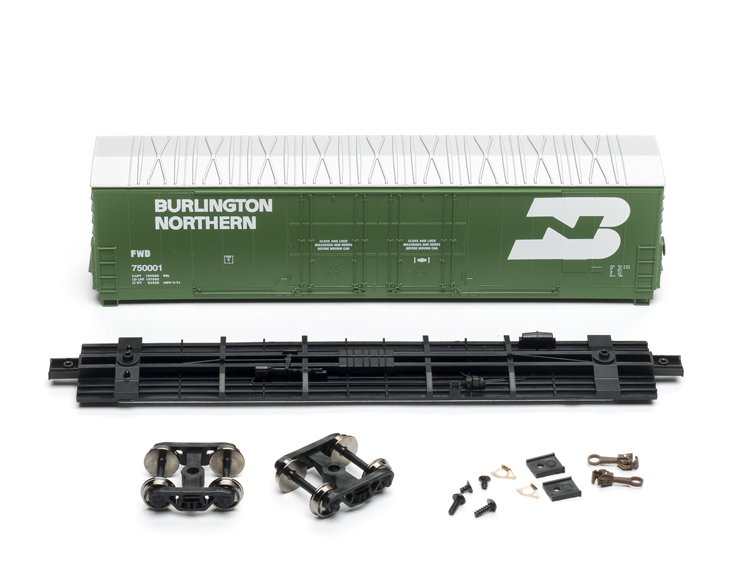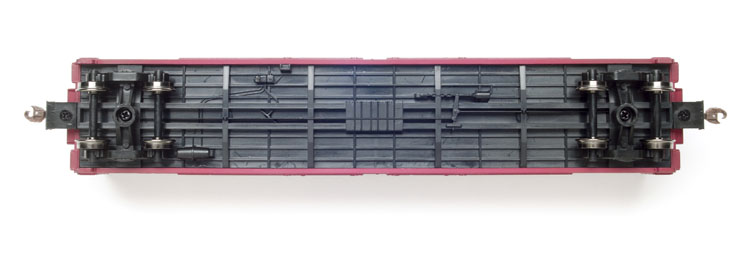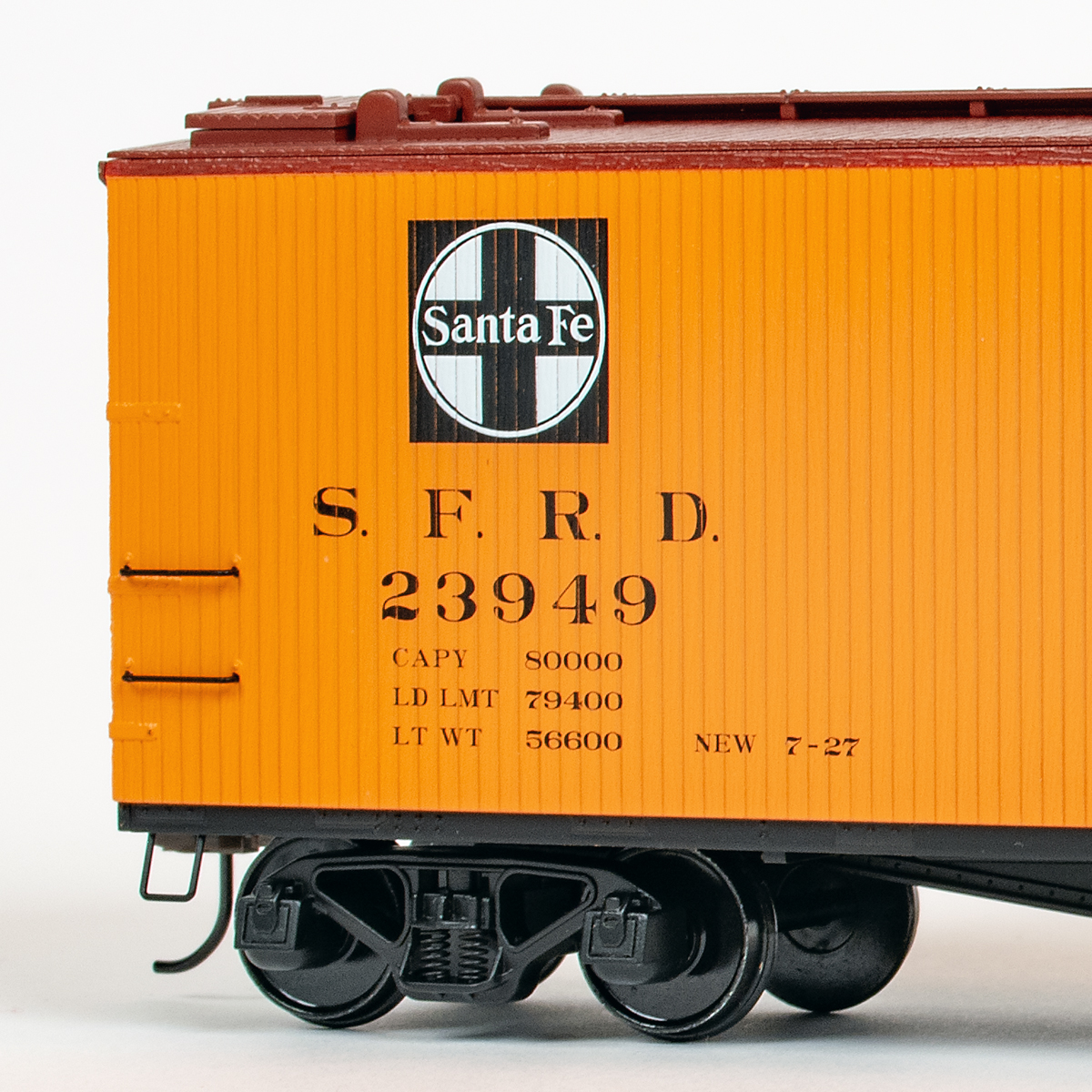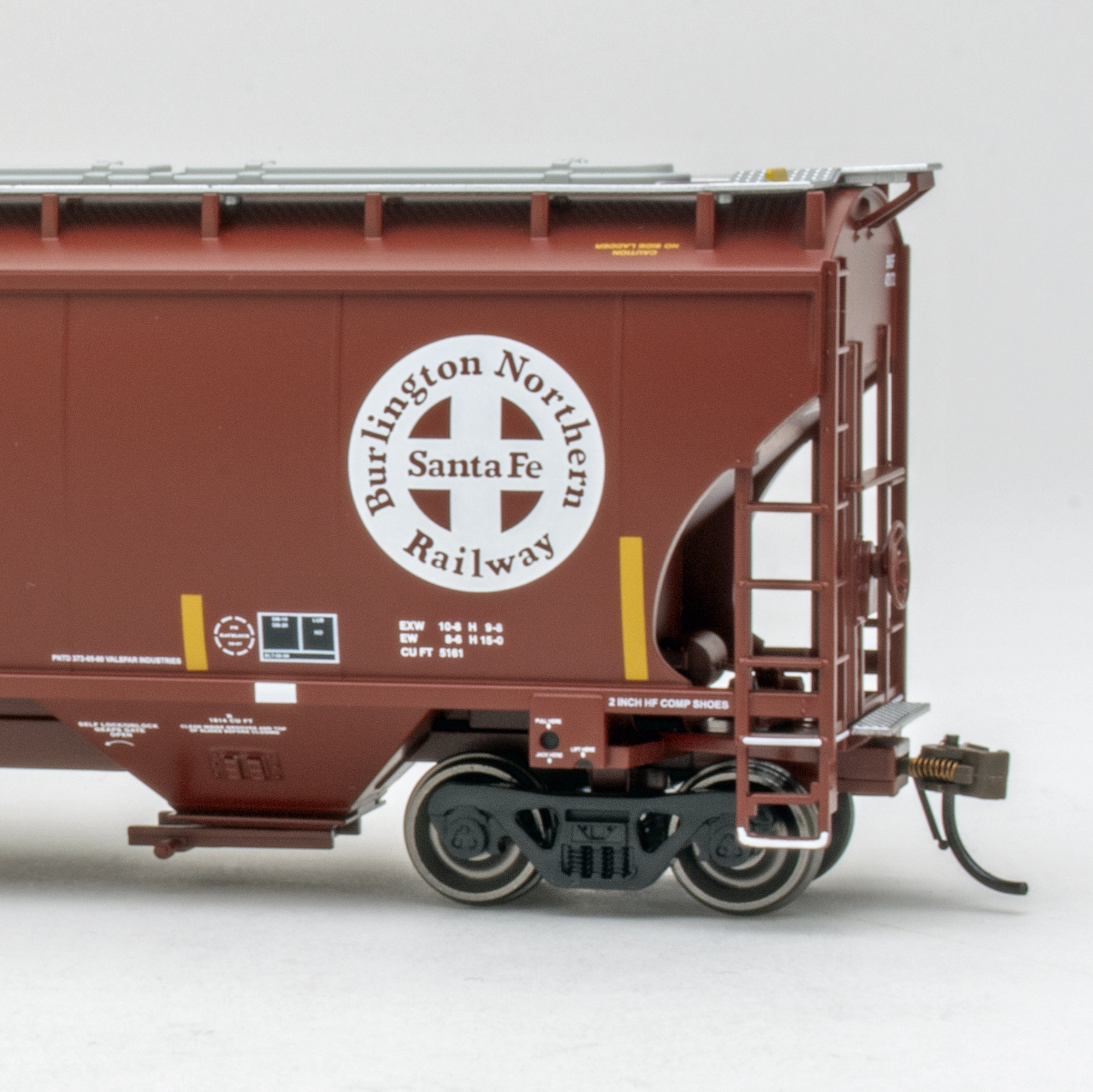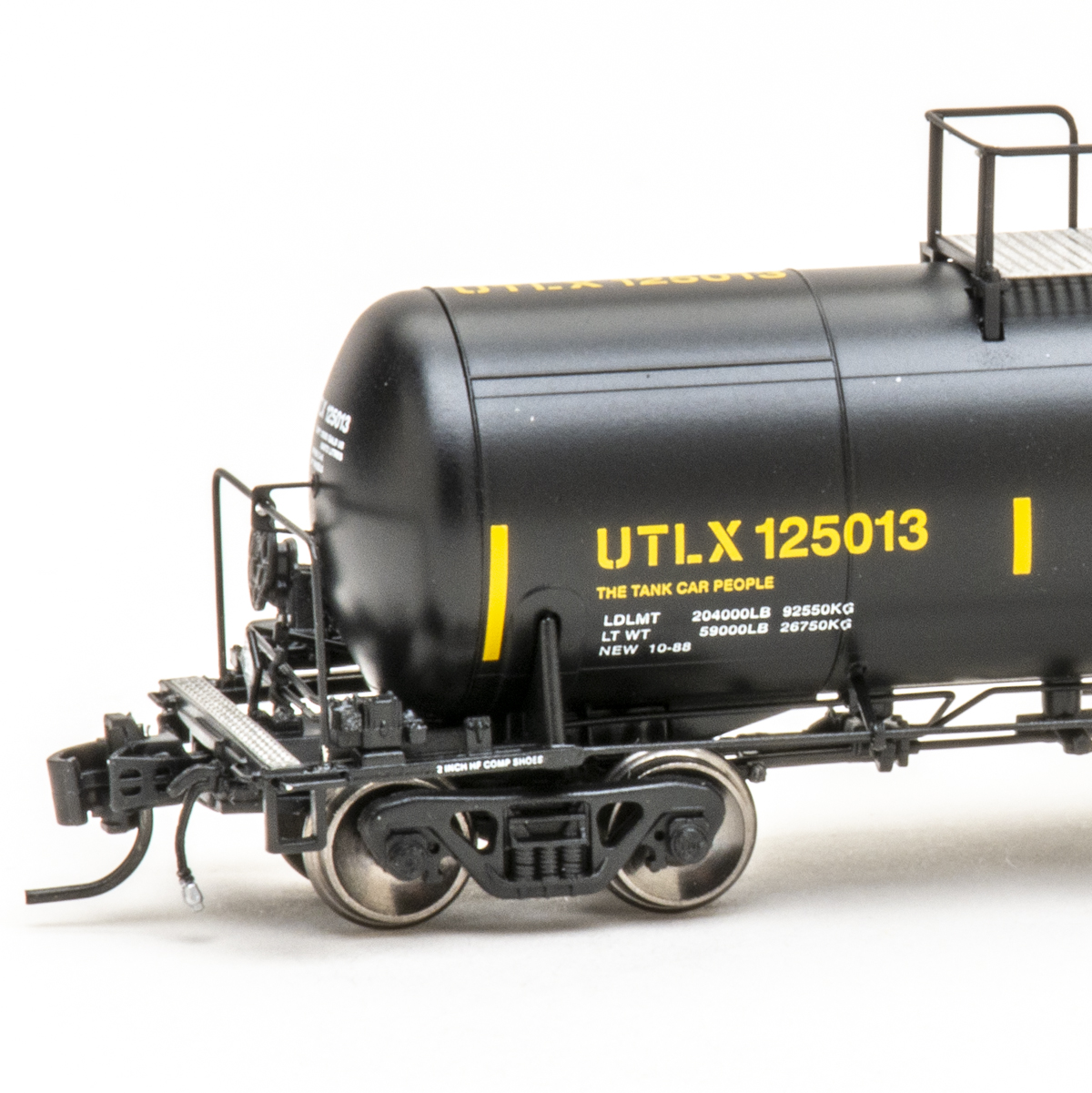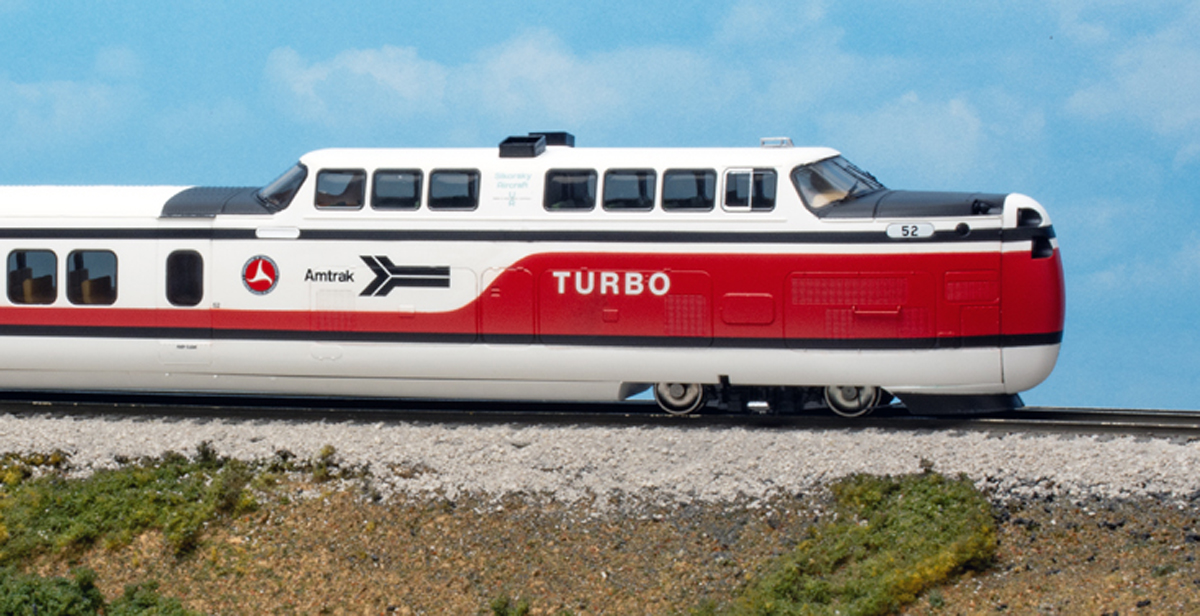Got five minutes? Then you have enough time to build ScaleTrains.com’s HO scale Evans 5,100-cubic-foot-capacity double-plug-door boxcar.
The freight car, part of the company’s Kit Classics line, features a one-piece injection-molded plastic body, a separate underbody, and semi-scale Type E couplers, and American Steel Foundries Ride-Control trucks.
ScaleTrains.com Inc. made its debut in November 2015. The Tennessee-based company has four product lines: Museum Quality (superdetailed models of well-known North American locomotives), Rivet Counter (factory-applied parts and roadnumber-specific details), Operator (fewer separately applied parts and simplified printing; additional detail parts available separately), and Kit Classics. Except for Kit Classics, all models are ready-to-run.
In late January, ScaleTrains.com announced that two intermodal containers will be its first N scale offering.
The insulated boxcar is based on full-size cars produced by Evans from 1969 through 1977 at its plant in Blue Island, Ill. The boxcars, classified RBL (bunkerless refrigerator car with load-restraining devices), were used to transport finished lumber, canned goods, and bottled products, among other items.
The ScaleTrains.com model is detailed to match a late-production car. It follows prototype drawings in the August 1996 issue of Mainline Modeler. The only discrepancy is the truck centers, which are a scale 4″ too short.
Features on the late-production cars include a Stanray roof and ends, separate lower door tracks, and four vertical bars per plug door. With the exception of the brake wheel, all parts are molded in place. The brake chain was omitted below the brake wheel.
The separate underbody also has molded details. The car’s sill hides most of the underbody, so when viewed from eye level, the molded parts don’t look cast in. A factory-installed weight is screwed to the top of the underbody.
So what’s left for the modeler to do? Install the couplers and centering springs and secure the draft-gear box covers with screws, attach the trucks with screws, and put the shell on the underbody. Pretty simple.
Our sample is decorated as Wisconsin Central no. 1010, part of WC’s 1000 through 1133 series. The WC Maroon paint is evenly applied. All of the printing is opaque and legible. Since the Kit Classics line is budget-oriented, it features simplified printing. The Clean, Oil, Test & Stencil panels, door operating instructions, and ownership stencils, among other lettering, was omitted.
The Evans 5,100-cubic-foot-capacity boxcar kit is a solid model that will stand up to normal handling. Sure, it lacks the separately applied details found on many of today’s models, but the kit more than fulfills the manufacturer’s mission of being “affordable, easy-to-assemble, and rugged for hours of enjoyment.” Welcome to the hobby, ScaleTrains.com!
Price: $13.99 each (one to five cars), $12.99 each (six to 11 cars), $12.49 each (12 or more)
Manufacturer
ScaleTrains.com Inc.
7598 Hwy. 411
Benton, TN 37307
www.scaletrains.com
Era: 1987 to mid-1990s (as lettered)
Road names: Wisconsin Central, Burlington Northern (Fort Worth & Denver reporting marks), and others. See manufacturer website for full list of road names
Features:
▪▪American Steel Foundries Ride Control trucks
▪▪Body-mounted semi-scale Type E couplers (without trip pins) at correct height
▪▪Machined metal 33″ wheelsets on plastic axles, correctly gauged
▪▪Weight: 4.9 ounces (.2 ounce too heavy based on National Model Railroad Association recommended practice 20.1)





